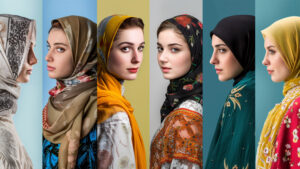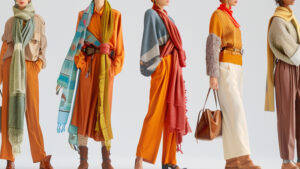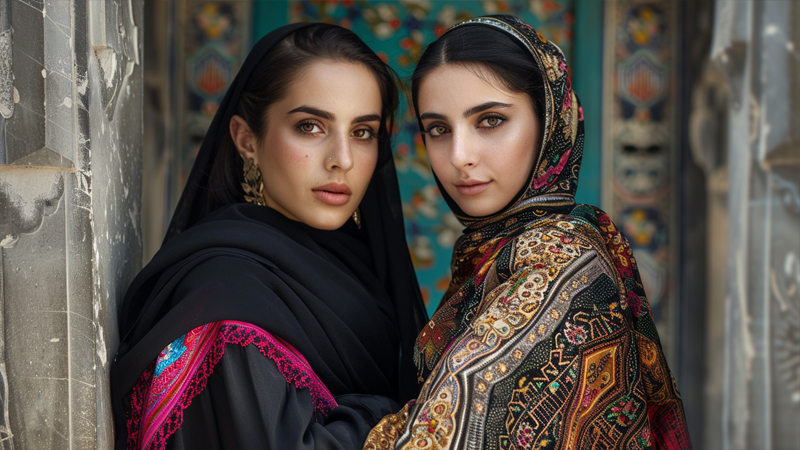
Watching how Iranian women style their scarves has always amazed me. Each wrap holds stories of tradition, faith, and personal flair.
Iranian scarf styles blend heritage with modern twists, reflecting regional customs, political nuances, and individuality in everyday life.
It’s worth unraveling these layers.
What traditional and contemporary hijab styles are prevalent in Iran?
Iranian women combine old and new influences in their everyday dress.
A mix of chadors, rusaris, and manteaus showcases Iran’s classic modesty fused with fresh trends, offering women various ways to balance tradition and modernity.
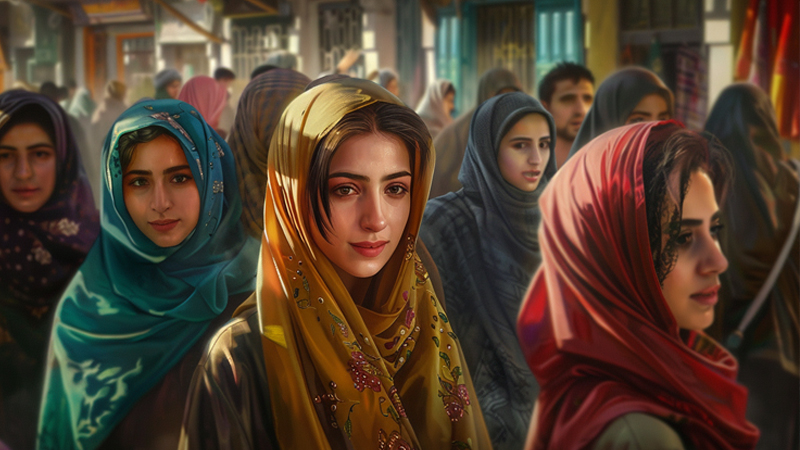
I find it fascinating how the chador remains iconic in Iran. Usually black and semicircular, it’s held closed by hand or sometimes teeth, covering the body from head to toe. This piece isn’t just about anonymity—it carries the weight of history, symbolizing modesty1 and reverence. On the other hand, many Iranian women choose a rusari, which is a lighter headscarf. They often wear it in vibrant colors or subtle patterns, loosely draped but still respectful. Younger generations, especially in bigger cities, like to experiment with bolder prints, reflecting both global fashion and personal taste.
The manteau comes into play as well, acting like a modest coat. Pairing a manteau with a stylish scarf can create a sophisticated look that still meets Iran’s dress guidelines. Sometimes these coats are simple and subdued; other times, they feature tailored cuts or playful embellishments.
In recent years, local designers have begun offering scarves in floral, abstract, and geometric prints2, bringing a fresh spin to the concept of modest wear. Women choose these designs not only for religious or cultural reasons but also to celebrate their own personalities. Even with various rules around dress, there’s room to be creative. Many find clever ways to express themselves—maybe a bright pink hijab or a subtle silver brooch pinned near the shoulder. To me, these small details reveal how a garment can be both a public statement and a private joy.
How do regional variations within Iran influence scarf-wearing styles?
Each region’s climate and heritage gives scarf fashion its own twist.
Northern provinces adapt layered wraps for moisture, central cities blend tradition with urban flair, while southern areas favor lighter scarves to cope with the heat.
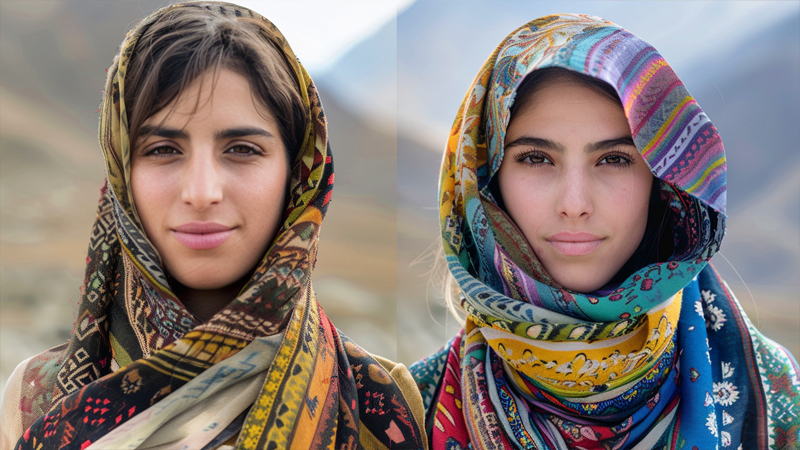
I remember traveling to a breezy coastal town in the north and noticing how many women wore slightly thicker scarves pulled snug around their heads. It seemed practical against the damp air rolling in from the Caspian Sea. Meanwhile, inland cities like Tehran often showcase every variation imaginable—from the full, flowing chador in conservative neighborhoods to carefree, loosely draped scarves with bold prints among the youth. Head south, and you’ll likely see breathable fabrics in lighter colors, reflecting both the scorching sun and distinct local customs.
Below is a quick look at how local factors might influence scarf choices:
| Region | Common Scarf Style |
|---|---|
| Northern Provinces | Thicker fabrics, layered wraps |
| Central/Urban Areas | Mixed styles (chador & rusari) |
| Southern Provinces | Lightweight scarves, brighter hues |
These unique differences remind me how clothing can mirror a place’s soul. In mountainous areas, scarves need to hold up against chilly winds, so they’re often pinned securely. In warm coastal cities, folks reach for airy cotton or chiffon to beat the heat. And within each region, families have their own traditions passed down through generations, from the way a scarf is folded to the types of prints considered “proper.”
While some Iranians enjoy following local customs, others love to break away and experiment. It’s not unusual to see a young woman from the hot southern provinces wearing a heavier, darker scarf simply because she likes the look or appreciates a more conservative style. These variations spark dialogue about how culture, identity, and environment come together in something as simple as a headscarf.
In what ways do fashion and politics impact how Iranian women wear scarves?
Dress codes and personal liberties intersect in powerful ways.
Public policy sets boundaries for hijab, yet creative minds and shifting social norms continually shape how Iranian women balance tradition, law, and self-expression.
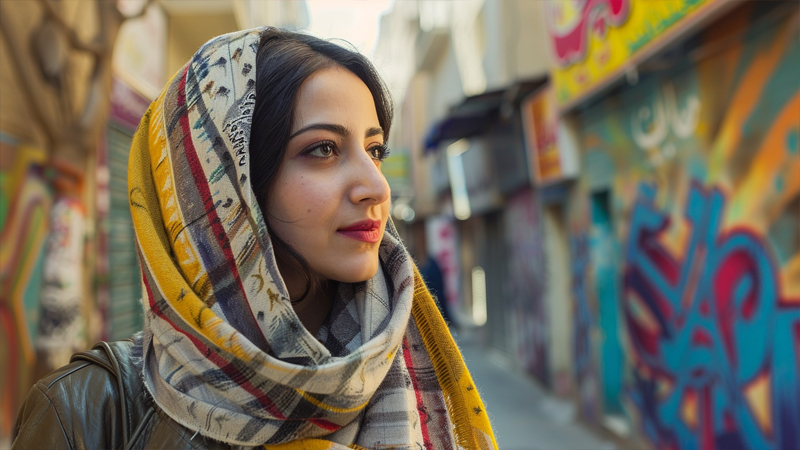
One of my friends in Tehran once told me that adjusting her scarf feels like second nature, especially when she senses stricter enforcement in certain neighborhoods. She might choose a more conservative style—perhaps a plain black scarf—if she’s visiting government offices or more formal places. But later, going out with friends, she’ll switch to a patterned rusari, letting a sliver of hair peek out. These daily decisions reflect a delicate dance between personal choice and societal expectations.
Different political eras in Iran have tightened or relaxed hijab laws. During times of stricter rules, many women gravitated to safer, traditional looks like darker chadors3 or less conspicuous scarves. But fashion-forward4 Iranians always found subtle ways to show creativity. Maybe they’d layer two scarves, add a bright pin, or wear a stylish manteau with a modern cut.
Today, the rise of social media has also changed the game. Iranian influencers post hijab-styling tips, makeup tutorials, and outfit-of-the-day snapshots, blending modesty1 with global fashion trends. This interplay between official guidelines and personal expression can be both challenging and exciting. Every day, women navigate complex terrain: respecting cultural rules while injecting their own flair. In many ways, the hijab becomes a canvas where personal statements meet collective identity, shaped by a country’s shifting political winds.
How do Iranian women express personal style through their scarf choices?
Scarves transform from a requirement into a personal signature.
Women highlight individuality with vibrant colors, playful prints, and curated accessories, proving that conformity can still house endless creativity.
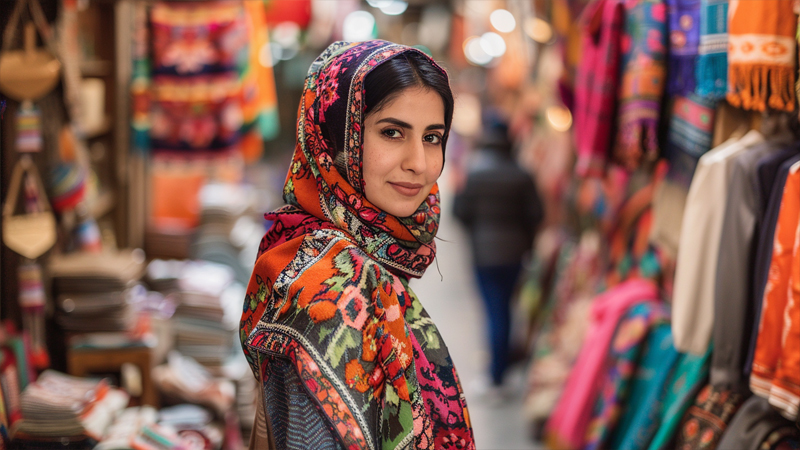
When I strolled through Tehran’s bazaars, I was dazzled by the assortment of scarves on display. Some featured delicate floral motifs that felt romantic, while others had bold geometric shapes in eye-catching shades of red or yellow. Despite certain guidelines around covering hair, women cleverly tweak how they drape the scarf—maybe tucking it under an undercap or pinning it slightly off-center for a unique silhouette.
It’s not just about color or pattern, though. Accessories can speak volumes. A small brooch on the edge of a rusari, or a statement earring peeking through, can add a spark of personality. Even the choice of fabric—from luxurious satin to breathable cotton—can reveal mood or function. Some women prefer fuss-free styles for work or university, opting for easy-to-maintain materials, while others enjoy the challenge of elaborately pinned hijabs at social events.
I’ve also noticed that Iranian women often adjust their scarf style based on who they’re with or where they’re going. If it’s a formal gathering, they might lean toward neutral tones with subtle sparkle. If they’re relaxing with friends, they might go for a pop of neon or an artsy print. Through these evolving choices, scarves morph into a form of self-expression that merges cultural respect with a flair for fashion. It’s a reminder that even within constraints, creativity can thrive, painting a dynamic portrait of modern Iranian womanhood.
Conclusion
Their scarves aren’t mere head coverings but windows into personal style5, regional nuance, and a nation’s living heritage.
-
Understand the concept of modesty in Iranian fashion and how it influences women's clothing choices. ↩ ↩
-
Learn about the creative use of geometric prints in Iranian scarf fashion, reflecting modern aesthetics. ↩
-
Learn about the cultural and historical importance of chadors in Iran, a symbol of modesty and identity. ↩
-
Explore what it means to be fashion-forward in Iran, especially in the context of hijab and modest wear. ↩
-
Explore how Iranian women use scarves to express individuality while adhering to cultural norms. ↩

